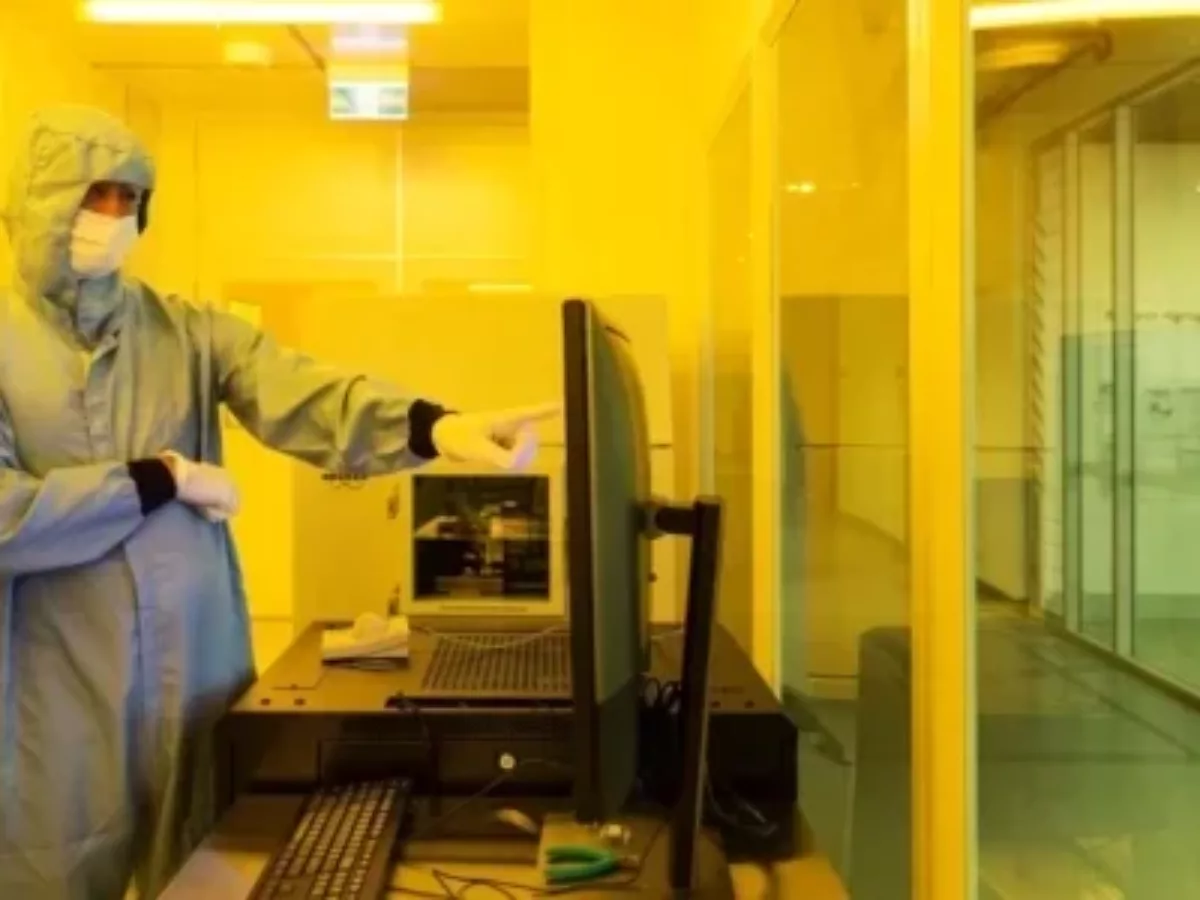What is Australia’s place in the semiconductor world?

Our world as we know it could not exist without semiconductors, an industry of immense technological, economic and strategic importance, and expected to grow in value from $US 600 billion last year to $US 1 trillion by 2030.
Their importance has been in the spotlight in the Covid era. A chip shortage pretty soon becomes a shortage of countless other things.
The world’s manufacturing powerhouses tend to have a strong semiconductor industry. It is one of the most complex, specialised, and globally-interconnected supply chains imaginable, with a single chip described in one report as requiring “thousands and thousands of people, most of whom have specialized knowledge and specialized jobs, spanning myriad industries, countries, and regions.”
Though possessing some strengths in academic research and design, Australia’s capacity to produce semiconductors is limited. Efforts to boost local contributions in the key industry include the recently-announced Semiconductor Sector Service Bureau (S3B), supported through $4 million in NSW government funding.
So what’s the way forward? There have been suggestions put forward from time to time, but a reasonable answer – like the industry itself – depends on many, many parts.
And do we even need to contribute through production? That’s a question asked by some experts. Strengthening that assertion is a big collection of billion-dollar businesses with a “fabless” model.
@AuManufacturing and the AUS-Semiconductor-Community group are attempting to find answers on where to go from here, through the collective expertise of their connections.
Experts and passionate hobbyists are warmly encouraged to share their thoughts through the “Australia’s place in the semiconductor world” series.
We want your analysis and commentary on what things look like, what needs to be done, what the opportunities and challenges are, and anything else related to the topic.
Submissions will be published at @AuManufacturing over two weeks, beginning November 14.
You can see editorial guidelines at this link.
While we welcome contributions from all comers, including the scientific and engineering communities, we hope to make the series accessible to a general audience. Some technical information is welcome, but articles shouldn’t be overwhelming to an intelligent but non-technical reader. A rule of thumb if needed could be feature articles in IEEE Spectrum or The Conversation.
Another rule of thumb for pitches is to have a definite, unique angle you can distil into a couple of sentences if asked. We would like to see a collection of different viewpoints, rather than a collection of articles making the same point. It is a topic with many potential avenues – around skills, economics, geopolitics, implications for upstream and downstream industries and much more – so we would like to see this represented.
We are looking to compile these suggestions and synthesise them into a report in the final quarter of 2022 to inform policy-makers. Authors with strong contributions will be invited to expand on them through the recently-launched @AuManufacturing Conversations podcast.
Please contact [email protected] for more information.
Image credit: University of Sydney
Subscribe to our free @AuManufacturing newsletter here.
@aumanufacturing Sections
Analysis and Commentary Awards Defence Manufacturing News Podcast Technology Videos










